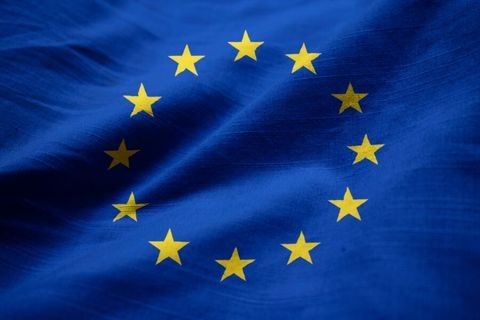Patent Law Alert: An Invention is Patentable Unless it is Not "Manifestly Evident" That the Invention is an Abstract Idea
Client Alert | 3 min read | 07.20.12
In the wake of the Supreme Court's recent decision in Mayo Collaborative Servs. v. Prometheus Labs, Inc., 132 S. Ct. 1289 (2012), the Federal Circuit in CLS Bank Int'l v. Alice Corp Pty. Ltd., Case No. 2011-1302 (Fed. Cir., July 9, 2012) attempts to clarify the murky field of patentable subject matter by introducing a new "manifestly evident" test. The new test was created in response to a district court's ruling on summary judgment that the claims of a computerized trading system are unpatentable because they are directed to an abstract idea. The district court was not persuaded by the fact that the claims recited computer elements, characterizing those elements as merely superfluous to the fundamental unpatentable idea of using a neutral third party to settle obligations between two other parties. The Federal Circuit disagreed. While recognizing that the mere implementation on a computer of an otherwise ineligible abstract idea will not render an invention patentable, the Federal Circuit nevertheless explained that if the addition of a computer imposes a meaningful limit on the scope of a claim, and if the computer also plays a significant part in permitting the claimed method to be performed, then the inclusion of a computer limitation can render an invention patent eligible.
To underscore this point, the Federal Circuit created a potentially sweeping new "manifestly evident" test for patent-eligible subject matter. In essence, the test asks a trial court to review all of the elements of the claims and determine whether they cover anything more than an abstract idea alone. If they do—or, using the language of the Federal Circuit, unless "it is not manifestly evident that a claim is directed to a patent ineligible abstract idea"—then the claimed invention must be deemed to satisfy the subject matter requirements for patentability. Further clarifying the test, the court explained that "[u]nless the single most reasonable understanding is that a claim is directed to nothing more than a fundamental truth or disembodied concept, with no limitations in the claim attaching that idea to a specific application, it is inappropriate to hold that the claim is directed to a patent ineligible 'abstract idea' under 35 U.S.C. § 101."
With the new rule in place, the court stepped through a traditional Bilski-style analysis of the claim elements and identified significant, detailed steps that were implemented on a computer and which demonstrated a practical and specific application of a business concept. The court found the computer-related claim limitations to be "integral to the method" and not just "token post-solution activity." Perhaps most importantly, the court also determined that the claim limitations did not appear to preempt all uses of the claimed concept. Instead, the claims left "broad room for other [future] methods … whether with the aid of a computer or otherwise." Accordingly, the particular computer-related claim limitations "prevented the majority from finding it manifestly evident that the claims are patent ineligible under § 101."
The CLS Bank decision is not without controversy, however. A sharp dissent by Judge Prost casts some doubt on the legitimacy of the "manifestly evident" test. Also, according to Judge Prost, the Supreme Court's Mayo decision requires a court to examine patent claims for inventiveness as part of any subject matter analysis under § 101. After accusing the majority of failing to perform this analysis, Judge Prost stripped the asserted claims of their detailed computer-specific components and examined them in the abstract, asking "where is the invention"? Finding nothing more than conceptual ideas about risk management in financial transactions, Judge Prost concluded that the invention is an abstract idea that just happens to be carried out on an already known infrastructure, and therefore is unpatentable.
Overall, the CLS Bank decision represents another attempt to define the boundaries of patentable subject matter more precisely. But the dissent by Judge Prost calls into question the correctness of the majority's approach. It remains to be seen whether the "manifestly evident" test will stand. The decision may be ripe for en banc review by the Federal Circuit and/or review by the Supreme Court.
Contacts
Insights
Client Alert | 14 min read | 12.22.25
European Commission Proposes Biotech Act to Boost Health Biotechnology in the EU
On December 16, 2025, the European Commission published its proposal for a regulation establishing a European Biotech Act to strengthen the EU's biotechnology and biomanufacturing sectors with a primary focus on health.
Client Alert | 11 min read | 12.22.25
European Commission Proposes Simplifying the Rules on EU Medical and In-Vitro Diagnostic Devices
Client Alert | 2 min read | 12.19.25
Client Alert | 7 min read | 12.19.25
In Bid to Ban “Woke AI,” White House Imposes Transparency Requirements on Contractors



